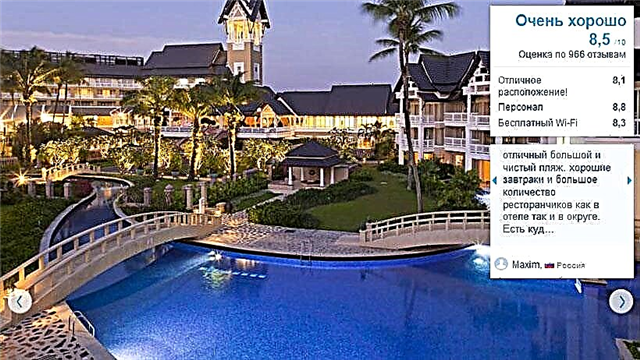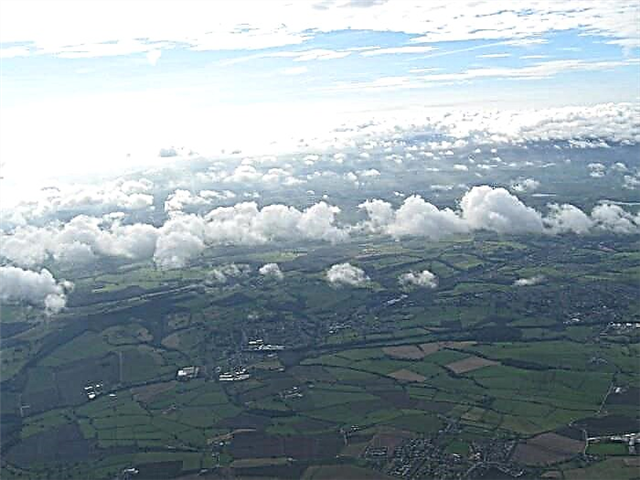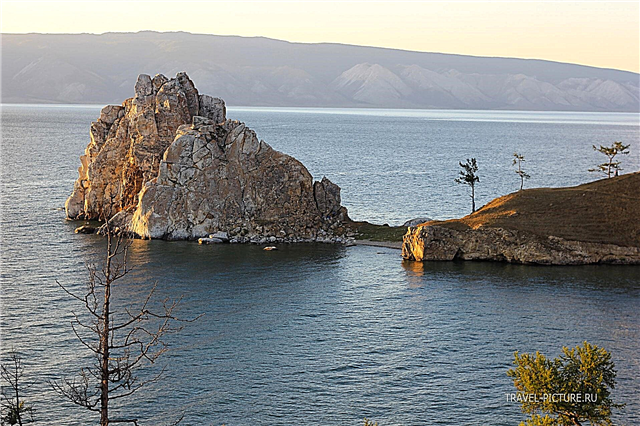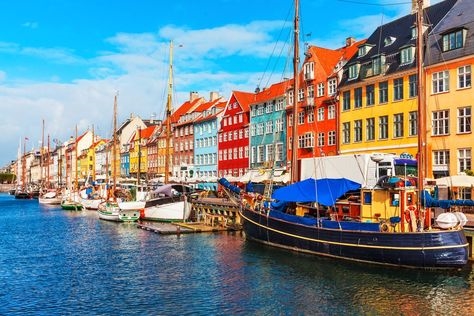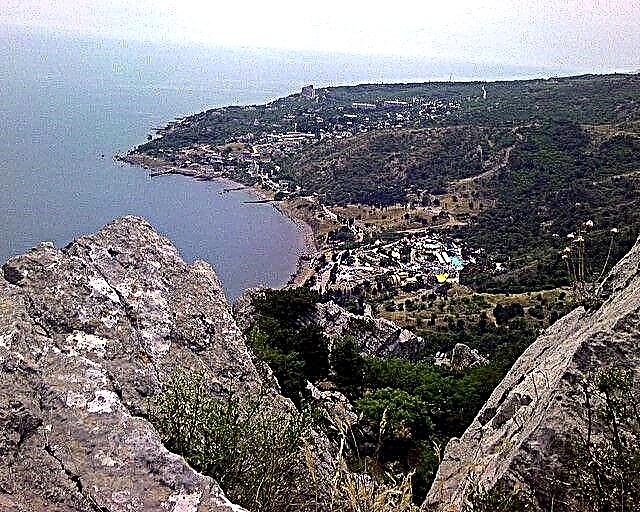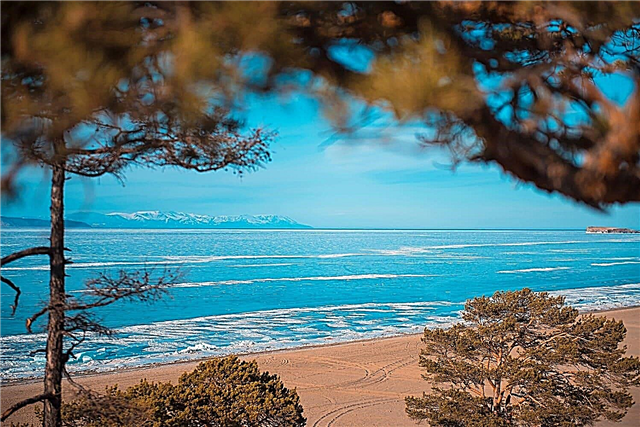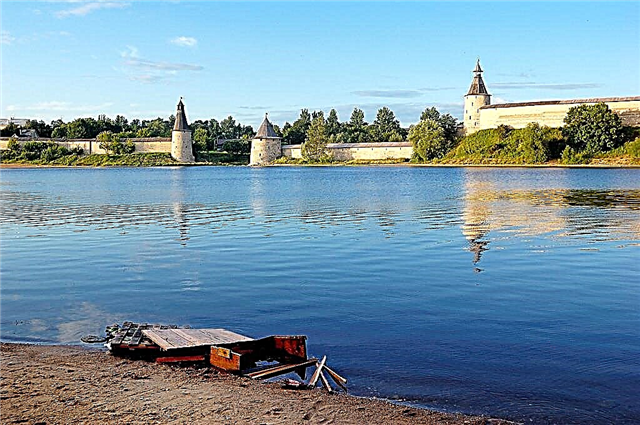The rivers of the region belong to the drainage basin of the Baltic Sea. In total, there are about 15,000 rivers and streams in the region, of which less than 20 are more than 100 km long. Most of the rivers in the northern part of the region have a meandering channel and a flat character with a calm flow and low, gentle, often swampy banks. In the hilly terrain in the central and southern regions of the region, the rivers have high, steep banks, there are rapids and rifts in the current.
Local residents and guests of the area use the river for boating, fishing and recreation by the water. On the banks of the river there are also man-made sights - Chain bridges on the Velikaya River or the ruins of water mills on the Pskov River, and natural ones - Sebezh National Park. Do not forget about the picturesque landscapes of the shores - forests, rocky cliffs, sandy areas.
The longest rivers of the Pskov region
List of the largest rivers flowing through the region.
Western Dvina
The banks of the river will surprise tourists with a variety of landscapes - wetlands are replaced by mixed forests and pine forests, there are picturesque rocky shores. There are many lakes with clear water in the river basin. There are places for swimming and camping on the banks of the Western Dvina. It flows in Latvia and Belarus, as well as in the Pskov, Smolensk and Tver regions of Russia.
The total length of the river is 1020 km.

Lovat
A flat river with a calm flow. Suitable for almost the entire length of rafting. The waters of the river pass through the Polistovsky Reserve and the ancient city of Velikiye Luki, where many architectural monuments have been preserved. Several centuries ago, a trade waterway from the Scandinavian countries to Byzantium passed along the river. It flows through Belarus, in Russia - through the Pskov and Novgorod regions.
The length of the river is 530 km, in the Pskov region - 250 km.

Great
It flows through several small lakes and flows into Lake Pskov. Several sections of the river pass through forests, where the current becomes faster, and the channel becomes winding. Wide stretches are replaced by rapids and rocky rifts. An interesting fact is the record of the Pskov chroniclers in 1582 about the appearance of crocodiles in the Velikaya river. However, modern scientists have denied this possibility.
The length of the river is 430 km.
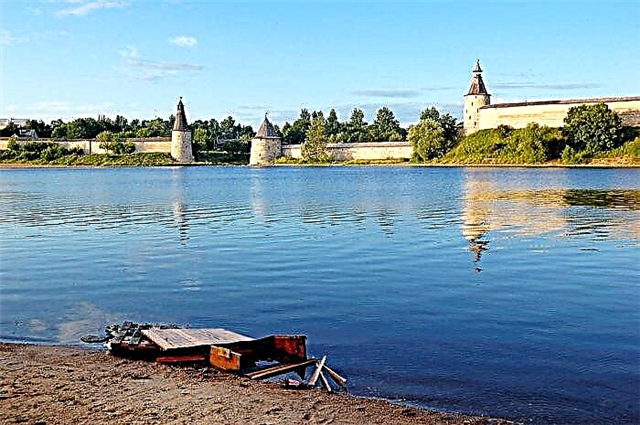
Plyussa
Tourists traveling along the river will not be disappointed. On its shores are located archaeological sites, many interesting architecture of churches and temples. The area around is incredibly picturesque - the landscapes are represented by dense forests and pine forests, rocky shores and sandy beaches, many quiet backwaters with water lilies. It flows through the Leningrad and Pskov regions.
The length of the river is 281 km, in the Pskov region - 247 km.
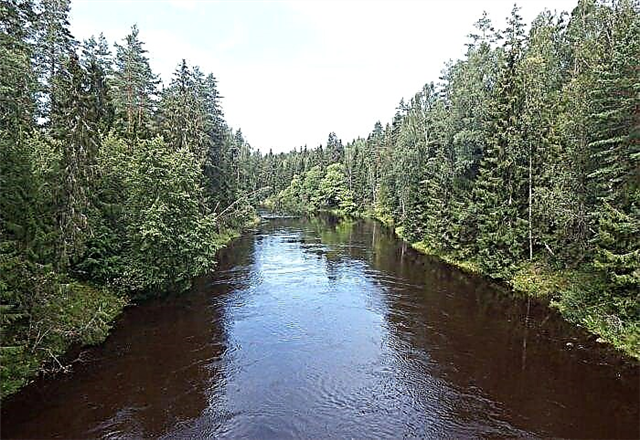
Shelon
The calm flow of the river runs along a winding bed. In the region, on its banks, is the town of Porkhov, where the monuments of culture and architecture of the XIV century, including the Porkhov fortress, are located. There are several mineral springs in the river basin. A broad-leaved forest grows on the banks, but there are also coniferous tree species. It flows through the Pskov and Novgorod regions.
The length of the river is 248 km, in the Pskov region - 171 km.

Cunya
Tributary of the Lovati. The source of the river is located in Lake Vsteselevo. The upper reaches pass in a swampy area, the channel of the Kunya is meandering here. For water tourists, the river is of interest in parts of the forest valley. In these places, the course of the river forms rapids and rapids. Kunya is inhabited by ide, ruff, roach, pike, tench, crucian carp. It flows through the Pskov, Novgorod and Tver regions.
The total length of the river is 236 km.

Blue
In addition to the Pskov region, it flows in Latvia and Belarus. Through the territory of the region it flows through a forest, then through a marshland and flows into the Velikaya River. The width of the river in these places reaches 30 meters, the current is fast. The city of Krasnogorodsk was founded on the bank of the river in the 15th century. From the moment the city was founded, a part of the Krasnogorodsky settlement has survived to the present time.
The length of the river is 195 km, in the Pskov region - 123 km.
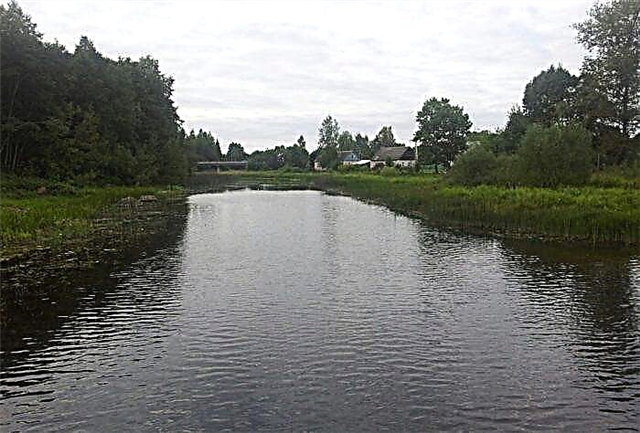
Morning
In addition to the Pskov region, it flows through several regions of Latvia. On the territory of Russia, Utroya is characterized by a winding channel and swampy treeless shores. The ichthyofauna of the river is made up of pike, chub, roach, and perch. Rafting on the river is not very popular, locals come to the river to fish and relax. In the villages on the banks of the river, there are interesting churches of the 15th century and several regional museums.
The length of the river is 176 km., In the Pskov region - 122 km.

Leaf
The source is located in one of the lakes in the east of the region. In the upper reaches, the river flows among the marshy banks. Further, the current becomes faster, small rifts appear. During the spring flood Polist is interesting for fans of rafting. The rest of the time it is too shallow, you can only navigate on small boats. It carries its waters through the Pskov and Novgorod regions.
The total length of the river is 176 km.
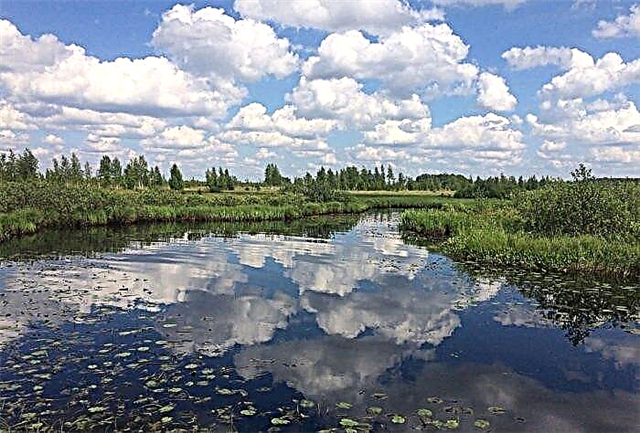
Issa
The source of the river is a small lake Dedino, with an area of 0.5 km². The winding channel is blocked by dams and rubble, there are boulders in the middle of the river. The width of the river in the upper reaches is no more than 20 meters, the current in this section is fast. The banks are overgrown with reeds and willows. In Issa, a large number of fish are found - pike, chub, perch. Especially rich catch will be in places where the depth of the river does not exceed two meters.
The length of the river is 174 km.
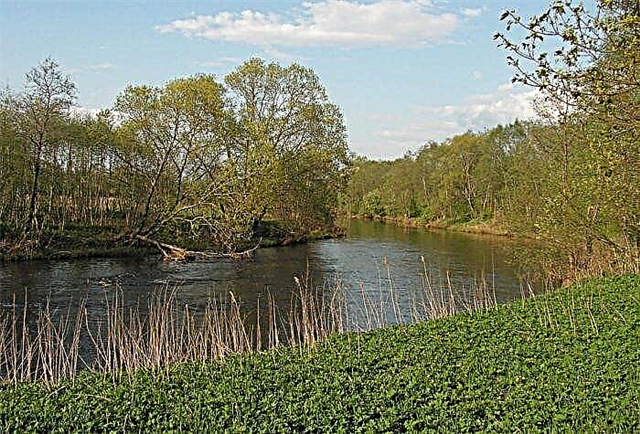
Pededze
A tributary of the Aiviekste River. It flows through the territories of three states - Russia, Latvia and Estonia. The junction of the three borders is in the riverbed. The westernmost point of the country is also located here - with the exception of Kaliningrad and the islands. The calm flow of the river runs between the banks, which are densely covered with bushes. Since the river passes through the border zone, water travel along it is difficult.
The length of the river is 159 km, in the Pskov region - 8 km.

Lies
Tributary of the Utroya River. It flows not only in the Pskov region, but also in several regions of Latvia. On the territory of the region, the course of the river is fast, there are rocky rapids and rifts. The name of the river means "swamp" in several Slavic languages. Some of the river banks are indeed swampy, but there are areas with alder, pine, and aspen. The river is sparsely inhabited, most of the fish are pikes.
The total length of the river is 156 km.
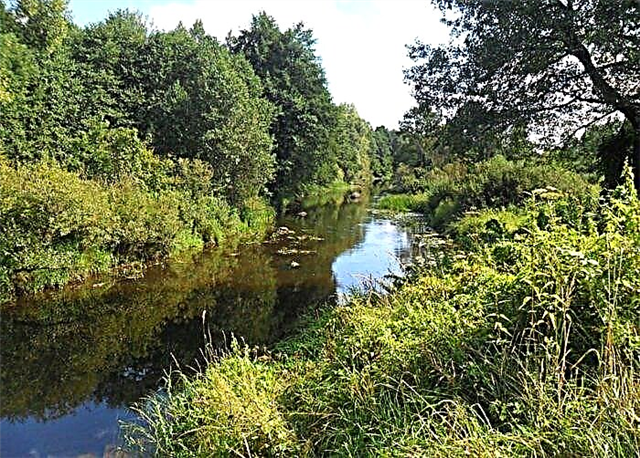
Chereha
It is not shipping. It begins in Lake Chereshno, located in a swampy area. The fast flow in the upper reaches of the river slows down as it passes through wooded areas. Cheryokha flows into the Velikaya River within the boundaries of Pskov. The main inhabitants of the river are chub, perch, roach, dace, silver bream. According to legend, there is a stone in the river, on which Princess Olga sat while washing her feet in the waters of Cheryokha.
The length of the river is 145 km.

Loknya
The source of the river is in Lake Loknovo, located on the Bezhanitskaya Upland. This place is popular for recreation among the residents of the region. The river bed is winding and very winding. The current is calm, so Loknya is perfect for kayaking and rafting. Alloys on it have a low level of difficulty. The banks of Lokny are covered with mixed forest.
The length of the river is 119 km.
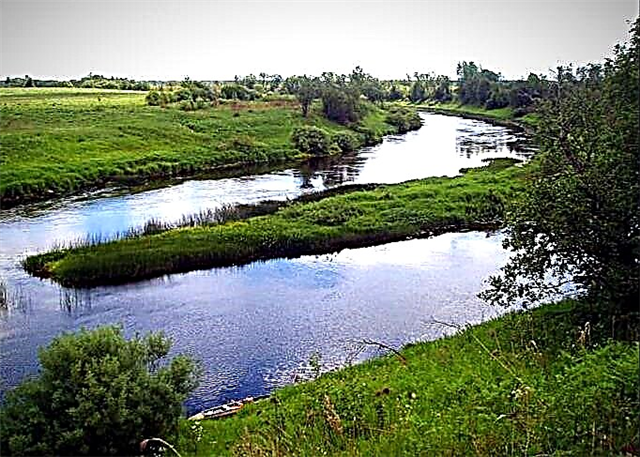
Sitnya
It begins in a swampy lake - Yakhnovskoe. The winding riverbed runs along the Luga Upland. The middle course of the river is in mixed forests. Spruce, aspen, pine, alder, birch grow in them. The river is inhabited by perch and crucian carp. The river is shallow, but the water is clear. There are many boulders in it. In some places the surface is covered with duckweed. It flows in two regions - Pskov and Novgorod.
The total length of the river is 117 km.
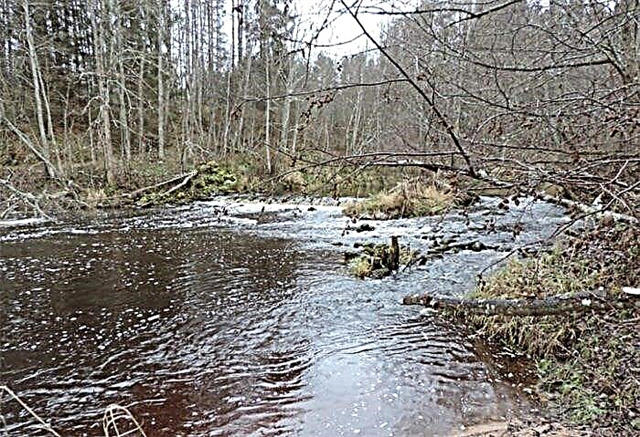
Bile
The river is navigable in the area of the village of Yamm. It passes through several lakes - Dolgoe, Velino and Uzhinskoe. On their shores there are beautiful beaches among pine forests. It flows into the Zhelchensky Bay of a large freshwater Lake Peipsi.It is believed that the famous Battle of the Ice took place in this bay. In spring Bile is suitable for kayaking. The waterway is only partially accessible during low water periods.
The length of the river is 107 km.
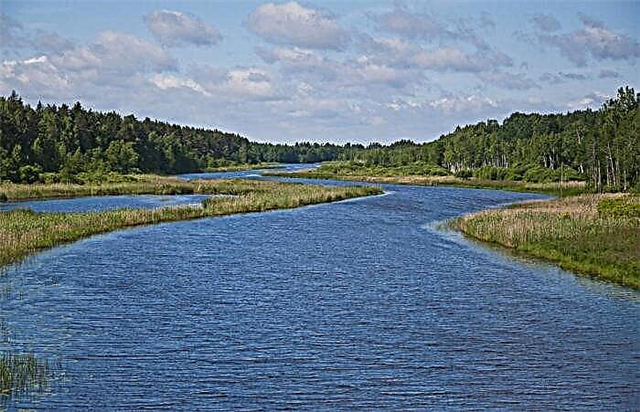
Kuhwa
The tributary is the Great River. It flows on a plain with small hills. There are practically no forests on the shores of the Kuhva, most of the shores are occupied by arable land. In summer, the river is heavily overgrown with grass and reeds, in shallow places there is a lot of mud. It is almost impossible to pass it by boat. The river is inhabited by pike, but every year it is less and less. The river flows not only in the Pskov region, but also in Latvia.
The length of the river is 106 km., In the Pskov region - 64 km.
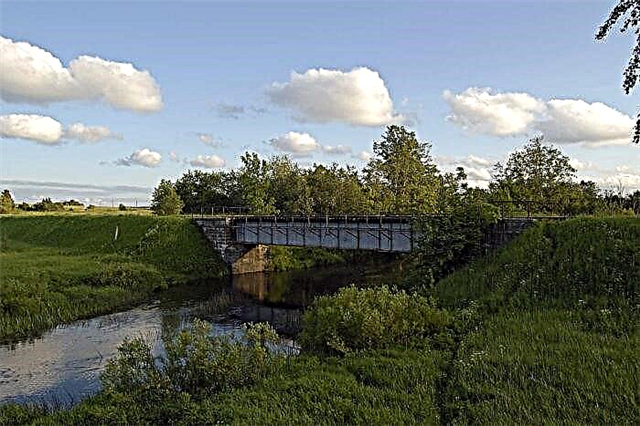
Alola
The river begins in Lake Arno in the middle of the forest. The river creates several flowing lakes, the largest of which are Bardovo with an area of 1.3 km² and Kudeverskoye with an area of 1.7 km². Alola flows among the hilly terrain. The river bed is narrow and very winding. It has high sandy shores and a rocky bottom. Rafting on the river is relevant in spring, you can go along the river on an inflatable small boat.
The length of the river is 105 km.
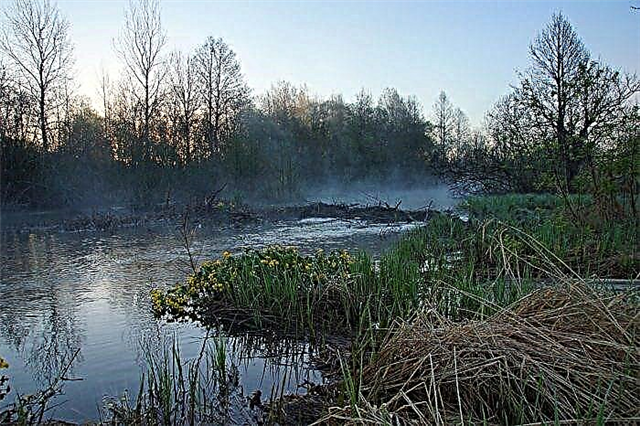
Pskov
It flows through the north of the region, along the Luga Upland. Pskova has a calm, slow current. Its banks are low and gentle. The forest on the banks is mixed and coniferous, the landscapes of the banks are very picturesque. The ruins of water mills are of interest to tourists. Several of them were built in the 19th century and are cultural heritage sites. The river is inhabited by pike, tench, bleak, roach, perch.
The length of the river is 102 km.

Usvyacha
A flat river with a slightly meandering channel and a slow current. It flows through a number of lakes and is a tributary of the Western Dvina. The width of the river ranges from 50 meters to 3 kilometers. It flows through the Pskov region of Russia and the Vitebsk region in Belarus. In the Pskov region, the banks of the river are gentle and low. There are several monuments of archeology - ancient settlements and sites of ancient people.
The total length of the river is 100 km.
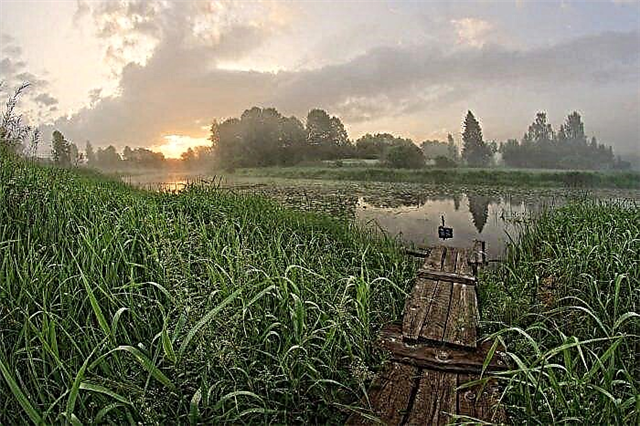
Svolna
The source of the river is in Lake Necheritsa in the Sebezhsky National Park. It flows through Russia and Belarus - in the Pskov and Vitebsk regions. The width of the river in the Pskov region is on average 400-600 meters. In this section, the river flows through hilly terrain. The bottom is sandy and rocky. There are many small rivers and lakes in the river basin. Svolna flows into the Drissa River.
The length of the river is 99 km, in the Pskov region - 6 km.
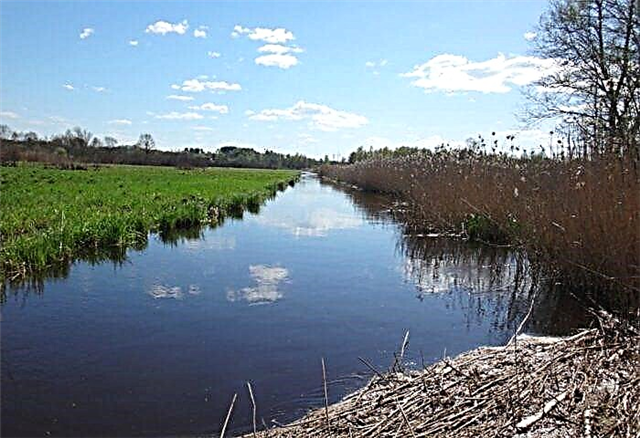
Uza
Tributary of the Shelon river. The source of the river is in Lake Lokno, located on the Sudom Upland. The river has several tributaries, the largest of which are Dubenka 33 km long and Veretenka 22 km long. There are not many fish in Uza, mostly locals come for fishing. The banks of the river are mostly flat, covered with bushes. The depth of the river is shallow, it feeds on both rain and snow waters.
The length of the river is 98 km.
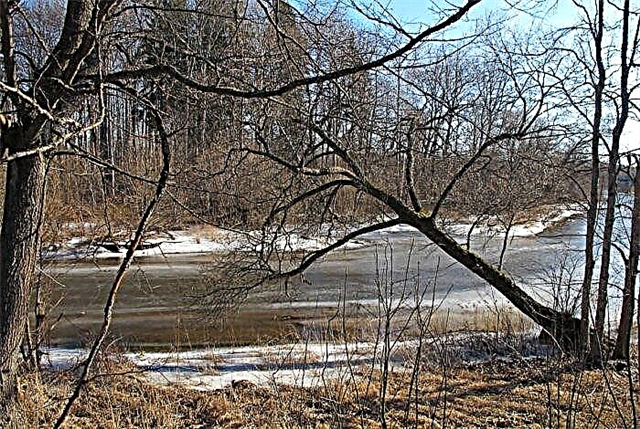
Lyuta
Tributary of the Plyussa River. The source of Lyuta is located on the Luga Upland, near the small village of Mogutovo. The tributaries of the Lyuta are the rivers Ugornya, Melenka, Plotichenka, as well as the Metelinka stream. Forests on the banks of the river are mainly represented by birches and spruces. The river is on average 5 meters wide and about a meter deep. The bottom of Luta is sandy. It is inhabited by roach, pike, silver bream, pike perch, rudd, bream, bleak.
The length of the river is 96 km.
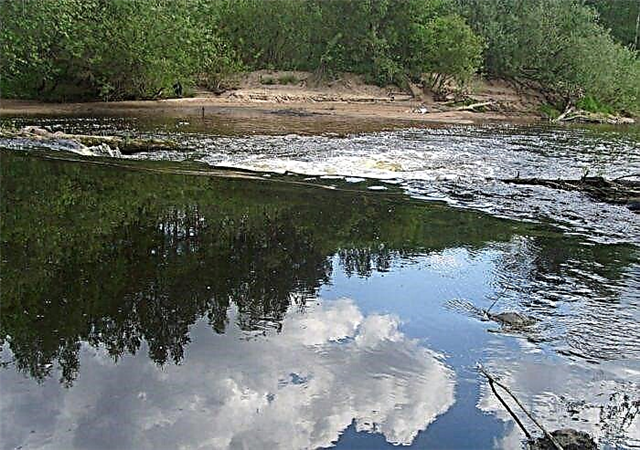
Keb
The source takes on a hill, in the north-east of the region, flows into the river Cheryokha. For the most part, it is a flat river. The banks of Kebi are sparsely populated; only the village of Saevo is located on them. Tributaries of the river - Maramorochka, Redal, Kabtsa. Ichthyofauna Kebi - gudgeon, roach, crayfish, perch, ide, rudd. The river is not only suitable for fishing, but also for family recreation by the water. In the mixed forests of the river valley, mushrooms and berries are picked.
The length of the river is 93 km.
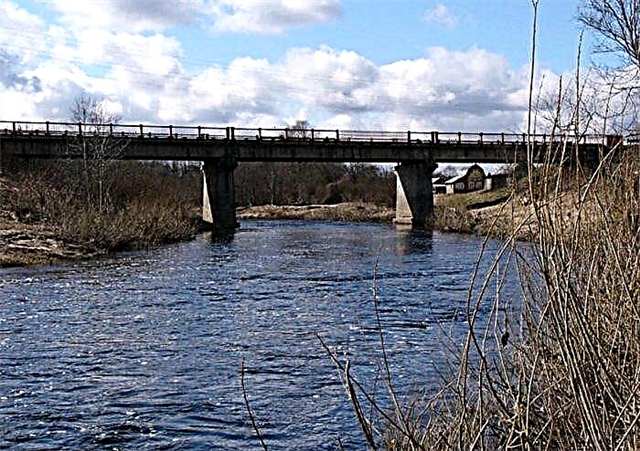
Piusa
The source of the river is in Estonia. Near the village of Budovizh, the Kuleiskaya volost flows into the Pskov lake. It flows along a picturesque hollow, in the river valley there are many oxbow lakes. Of particular interest are the unusual Upper Devonian deposits along the right bank of the river. The height of the outcrops reaches 30 meters in some areas. Hilly shores are covered with coniferous and mixed forests.
The length of the river is 93 km, in the Pskov region - 13 km.


